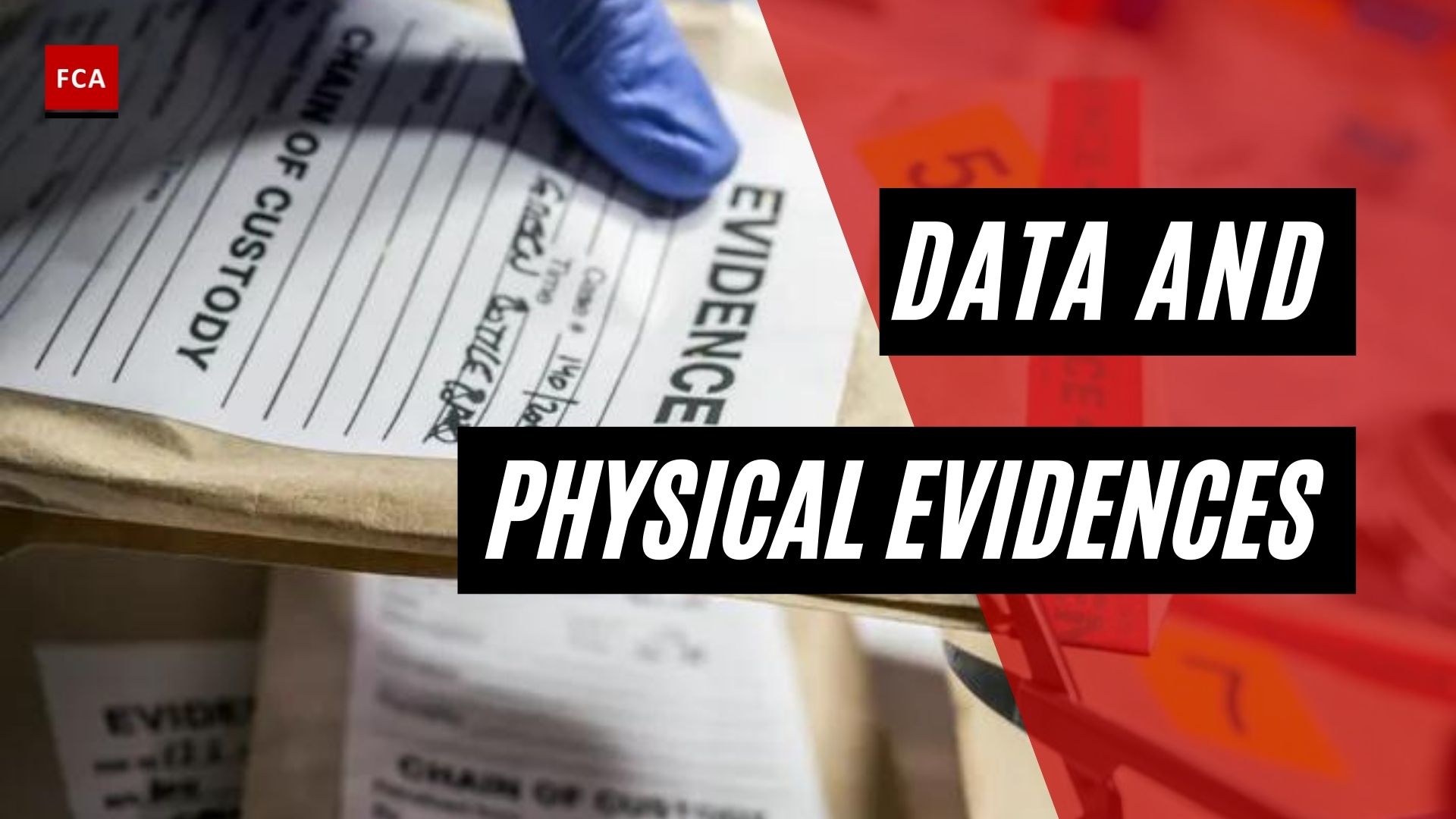The fraud indicators and warnings. Fraud cannot be eliminated. No system is completely fraud-proof, as any system can be bypassed. However, it can be detected early by paying greater attention to common fraud indicators. Fraud indicators fall into two categories, warning signs and fraud alerts.

Fraud Indicators And Warnings
Unwanted situations or conditions that consistently contribute to fraud, waste, and abuse of resources are referred to as fraud red flags. When an investigator examines a company’s stock or financial statements, certain undesirable characteristics may emerge as fraud red flags contributors to fraud or circumstances that may indicate the presence of fraud.
Every organization faces the risk of fraud, which can be internal or external. Internal risks arise from employees who may use their position to enrich themselves by misappropriating resources and assets belonging to their employer. On the other hand, external risks are created by government officials, customers, and contractors who may seek to obtain money illegally.
Warning Signs
Warning signs have been described as organizational indicators of fraud risk, and some examples are set out below.
Business Risk
Business risk has been subdivided into cultural, management, employee, process, and transaction issues.
Cultural Issues
Cultural issues include the absence of an anti-fraud policy and culture, failure of management to implement a sound internal control system, and/or to demonstrate commitment to it at all times.
Management Issues
These include lack of financial management expertise and professionalism in key accounting principles, review of judgments made in management reports and the review of significant cost estimates, history of legal or regulatory violations within the organization and/or claims alleging such violations, strained relationships within the organization between management and internal or external auditors, lack of management supervision of staff, lack of clear management control of responsibility, authorities, delegation, etc. and bonus schemes linked to ambitious targets or directly to financial results.
Employee Issues
Employee issues comprise of inadequate recruitment processes and absence of screening, unusually close relationships internal and external, reduction in the labor force or redundancies, employee dissatisfaction, unusual staff behavior patterns, personal financial pressures on key staff, low salary levels of key staff, poor dissemination of internal controls, employees working unsocial hours unsupervised, employees not taking annual leave requirements and unwillingness to share duties.
Process Issues
Process issues include lack of job segregation and independent checking of key transactions, lack of identification of the asset, lack of management accountability, and outdated, uncoordinated reporting systems. It can also include poor physical security of assets, poor access controls to physical assets and IT security systems, lack of and/or inadequacy of internal controls, and poor documentation of internal controls.
Transaction Issues
Transaction issues involve poor documentary support for specific transactions such as rebates and credit notes, large cash transactions, and susceptibility of assets to misappropriation.
Financial Risk
Financial risks include management compensation that is dependent on meeting performance targets, pressures on management to seek additional finance, use of tax havens without clear business rationale, unusually complex transactions, use of complex financial products, complex legal ownership and/or organizational structures, rapid changes in profitability and existence of personal or corporate guarantees.
Environmental Risk
The introduction of new accounting or other regulatory requirements, including health and safety or environmental legislation, could significantly alter reported results.
It includes highly competitive market conditions and decreasing profitability levels within the organization, the organization operating in a declining business sector and/or facing prospects of business failure, rapid technological changes which may increase the potential for product obsolescence, and significant changes in customer demand.
IT And Data Risk
These include unauthorized access to systems by employees or external attackers, the wealth of malicious codes and tools available to attackers, rapid changes in information technology, users not adopting good computer security practices, unauthorized electronic transfer of funds or other assets, manipulation of programs or computer records to disguise the details of a transaction, and compromised business information. Breaches in data security and privacy and sensitive data being stolen, leaked, or lost.
Fraud Alerts
Fraud alerts are specific events or red flags which may indicate fraud. It includes anonymous emails, letters, telephone calls, emails sent at unusual times, with unnecessary attachments, or unusual destinations, a discrepancy between earnings and lifestyle, unusual, irrational, or inconsistent behavior, alteration of documents and records, extensive use of correction fluid and unusual erasures, photocopies of documents in place of originals, rubber stamp signatures instead of originals, signature or handwriting discrepancies.
Missing approvals or authorization signatures, transactions initiated without the appropriate authority, unexplained fluctuations in stock account balances, inventory variances and turnover rates, inventory adjustments, subsidiary ledgers, which do not reconcile with control accounts, extensive use of suspense accounts, inappropriate or unusual journal entries, confirmation letters not returned, supplies purchased in excess of need, higher than an average number of failed login attempts, systems being accessed outside of normal work hours or from outside the normal work area and controls or audit logs being switched off.
Final Thoughts
Every organization, even those with the strictest rules, is vulnerable to fraud. To prevent fraud, organizations must first acknowledge the existence of fraud and raise awareness among stakeholders. Organizations should begin by training their employees on how to detect workplace fraud. They should also implement policies and procedures that will assist them in closing the loopholes through which fraudsters operate.









